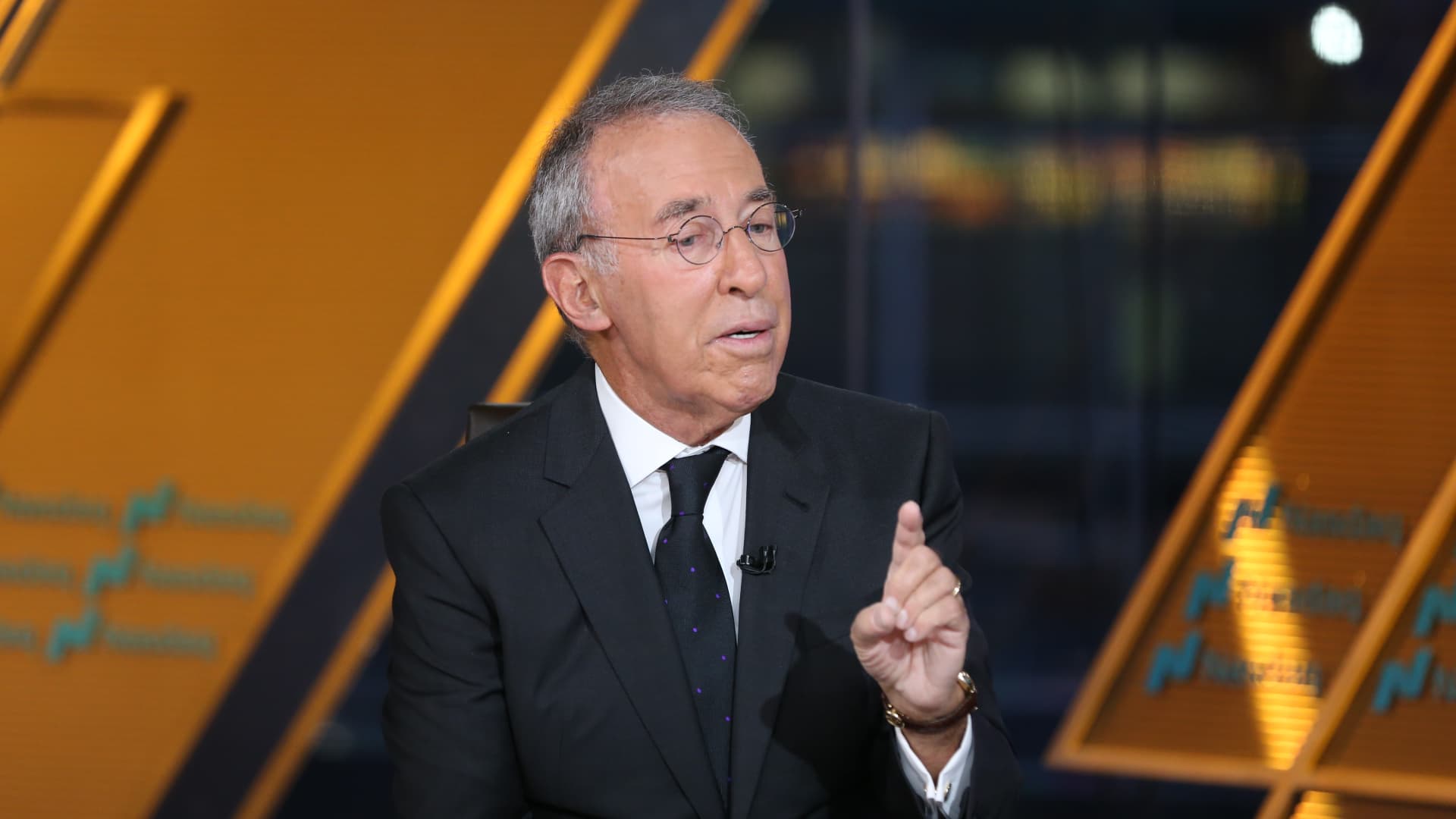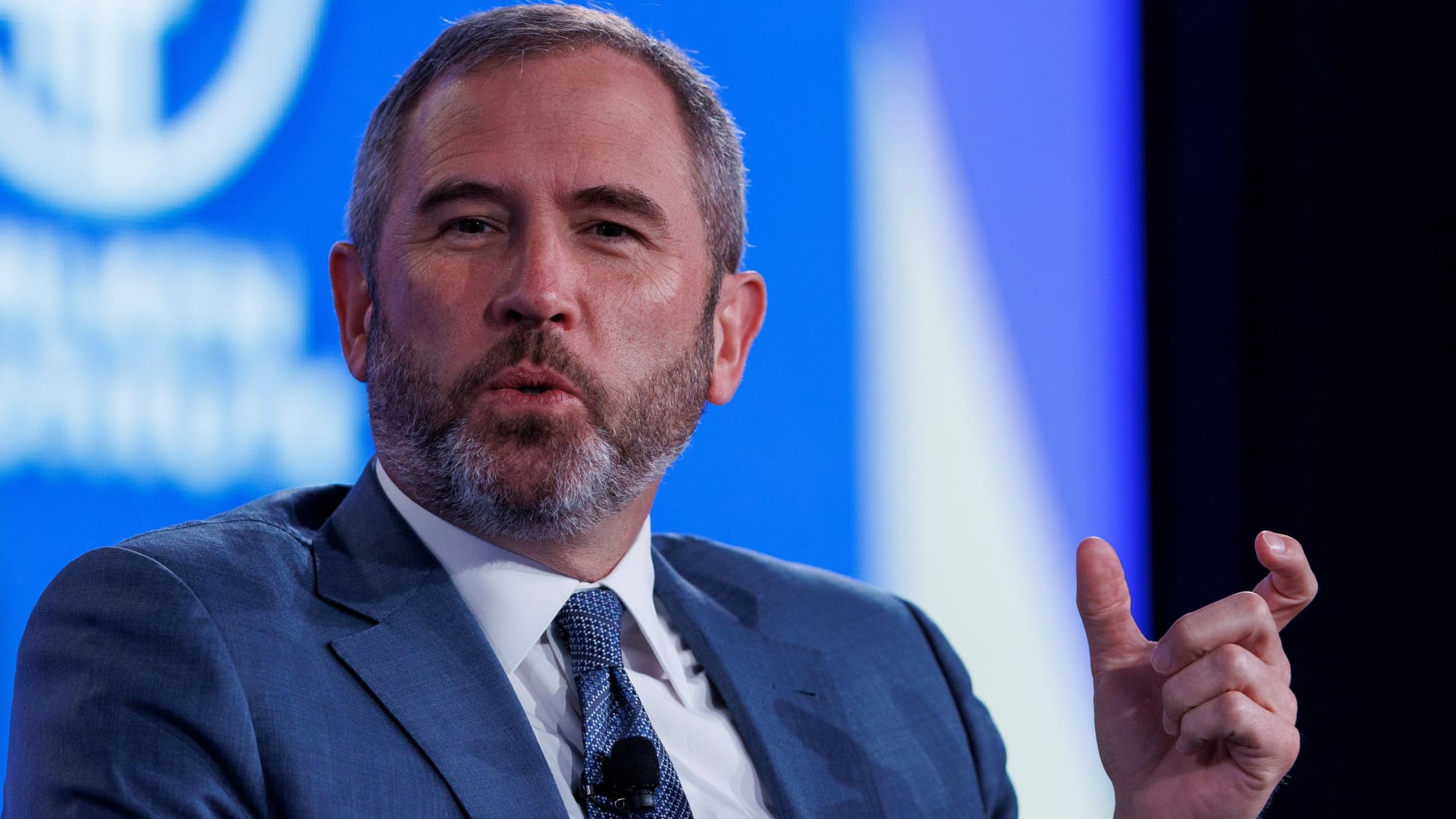What Moody’s Cutting U.S. Credit Rating Means For You
:max_bytes(150000):strip_icc():format(jpeg)/GettyImages-139456898-6ed0a7e0cc744d1388e19237f0c10476.jpg)
:max_bytes(150000):strip_icc():format(jpeg)/GettyImages-139456898-6ed0a7e0cc744d1388e19237f0c10476.jpg)
Scott Eells / Getty Images
Moody’s downgraded America’s credit rating, potentially affecting everything from mortgage rates to investment portfolios.
In May 2025, Moody’s Corp. (MCO) lowered America’s sovereign debt rating to Aa1, citing the $36.2 trillion debt pile, rising net interest costs, looming tax cuts, and political gridlock as factors making fiscal course correction less likely.
The cut aligns Moody’s with S&P Global Inc.’s (SPGI) 2011 and Fitch’s 2023 downgrades, ending America’s triple-A status after more than a century. The ripple effects could affect everything from your 401(k) to the rate on your 30-year mortgage.
Key Takeaways
- Moody’s joins S&P Global and Fitch in lowering America’s sovereign debt rating below Aaa.
- For some, the move is symbolic—Treasurys remain the global “risk-free asset”—but others point to Moody’s rationale as further reason to worry that America’s debt is no longer as rock solid.
Why Moody’s Made Its Move
Moody’s gave the following reasons for the downgrade:
- Washington’s debt trajectory continues to spike: the Congressional Budget Office projects federal debt will exceed 156% of gross domestic product by 2055 if current policies stay in place.
- Interest costs are ballooning. Net-interest outlays will exceed $950 billion in fiscal year 2025, already rivaling defense spending and approach $1.8 trillion by 2035.
- Finally, political stalemates that caused earlier downgrades by other major credit ratings firms. Even as deficits and debt levels near record highs, lawmakers are looking to pass fresh tax cuts instead of a fiscal repair plan, convincing Moody’s that a course-correction is not likely.
Together, these could also cut the federal government’s room to maneuver should there be a recession, creating what the agency calls a heightened “event risk.”
What It Means for Your Finances
A lower credit rating means higher borrowing costs. After the downgrade, yields rose across the Treasury curve: the 10-year flirted with 4.6%, while the 30-year crossed 5% for the first time since late 2023. That pushed the average 30-year fixed mortgage back above 7%, the highest in five months. Credit-card APRs, auto loans, and private student loan rates—most of which re-price off intermediate Treasuries—will also tend to drift higher in tandem.
Bond rates and their value move in opposite directions—increasing rates also have a negative effect on bond prices—so the fixed-income segment of your investment portfolio can see declines. But stocks, too, can take a hit as a result. The initial reaction to the downgrade saw major indexes drop, with the S&P 500 falling more than 1% in early trading before rebounding.
The Moody’s downgrade added to tariff-driven de-dollarization fears. Treasury yields had already spiked and foreign investors questioned U.S. assets as safe havens, leaving America more vulnerable to fiscal shocks as its debt burden grows.
Tactical Moves To Consider
- Lock in fixed rates: If you’re shopping for a mortgage, car loan, or HELOC, consider acting while rates are lower should they continue to rise.
- Pay down variable-rate debt: Because credit-card annual percentage rates and adjustable-rate loans re-price off intermediate Treasurys, carrying a balance could prove more costly.
- Review your bond holdings: Laddered CDs, Treasurys, or Treasury Inflation-Protected Securities (TIPS) can cushion against further rate spikes without abandoning safety.
- Consider diversifying globally: Many investors were already moving funds into non-U.S. assets given the tariff-related volatility. Developed world economies (ex-U.S.) have seen their markets and the funds tied to them outperform the U.S. in 2025.
- Have a bigger cash buffer: High-yield savings accounts, CDs, and money-market funds are still paying 4% or more, and rates are likely to stay elevated as the U.S. Federal Reserve waits for inflation to come down further.
- Keep it real: Past downgrades—in 2011 and 2023—produced only temporary market jitters, and Fisher Investments notes that long-term returns in both stocks and Treasurys remained on the same course.
The Bottom Line
A one-notch downgrade doesn’t mean the U.S. faces imminent default or problems borrowing. The dollar’s reserve-currency status still gives Treasurys unrivaled liquidity. Yet the change reinforces a longer-term message: fiscal inertia is chipping away at America’s creditworthiness, and markets will price in that risk rather than ignore it.









